Disclaimer : RHA sent us the RHA T20 free of charge for the purpose of the review. We don’t need to send it back as far as I know.
RHA
I quite like RHA. Not only have they been putting great new products on the market but they all are really nice people. I have met several of them during shows and even the ones I have only emailed with are always very helpful and friendly. I get the feeling they all sincerely stand behind their products and that just shows in everything they do.
I was a bit surprised to see RHA release the T20 so soon after the T10 so the T20 must be something special, right?
T20
Before reading this T20 review I really suggest you check out our T10 review first so you get a better idea where RHA is coming from, it will make everything a lot clearer reading this T20 article. The new T20 goes for $239.95USD so we’re no longer in a budget territory.
If I remember well I had mixed feelings about the T10 back when I reviewed it. While build quality and fit were perfectly fine the T10s were always on the bass heavier side. I have to say I haven’t used them since the review, which mostly is a good indicator if I really like a product or not. That being said, the T10 –to me– was the best IEM in their line-up even if bass was always a bit on the leaner side. Some loved it, some hated it. But isn’t that always the case?
The T20, just like the T10 has a metal injection moulded, stainless steel construction and it uses interchangeable tuning filters to EQ the sound to your liking. The T20’s non removable cable is a multicore, reinforced, oxygen-free copper cable with gold plated connection. I quite like the cable: it’s “friction noise free” and the patent pending, mouldable over-ear hooks make it stay perfectly over and in your ears. I have a fairly small head and ears and the “hooks” could have been a bit smaller but they do work great. I was also pleasantly surprised to see RHA gives you a three year warranty.
The T20 also is High-Res Audio certified as it conforms to Hi-Res Audio standards as defined by Japan Audio Society. When you buy the T20 it will come in a very pretty box which will contain the T20 in-ear headphone, the tuning filters with their holder, a whole bunch of tips, a carry case and a clothing clip. Not bad at all but they do are $239,95 so that explains a lot. The 39g weighing T20’s sensitivity is 90dB and they have an impedance of 16Ohm. That makes them fairly easy to drive. The “old” T10 uses a regular dynamic driver while the new T20 switched to a new DualCoil™ dynamic driver. According to RHA the DualCoil™ dynamic driver technology is capable of outperforming conventional drivers in levels of resolution, clarity and detail.
DualCoil™ Technology (for the tech readers)
The majority of in-ear headphone dynamic drivers feature a solid magnet surrounded by a single copper-clad aluminium voice coil. The voice coil is attached to a diaphragm, a thin, stiff membrane that covers the surface of the driver, at an apex. An electric audio signal is sent to the voice coil, generating an electromagnetic field; this magnetic field reacts with the constant magnetic field of the magnet to move the voicecoil back and forth. The movement of the voice coil manipulates the diaphragm to generate sound waves at different frequencies.
The DualCoil™ dynamic driver technology in the T20 and T20i features a micro annular, or ring magnet. The central void in the magnet allows the addition of a second copper-clad aluminium voice coil. The two coils are positioned in concentric formation with the magnet, one internally and one externally. Both coils are attached to a specially engineered diaphragm that features an additional apex. The audio signal is separated when it reaches the driver housing, splitting it into two sets of frequencies – bass/lower midtones and upper midtones and treble frequencies. Each signal is directed to one of the voice coils, the upper half of the frequency range to the outer coil and lower half to the inner coil. The coils operate independently, each with their own electromagnetic field reacting to the magnet’s static magnetic field. Due to the additional apex, the voice coils are able to manipulate the different areas of the diaphragm to generate sound waves.
Build quality &Comfort
This is where RHA scores big in my book, especially with the T-Series. The metal injection moulded units look gorgeous and their finish is superb. All the accessories from the carrying case to the filters and the filter holder have top notch build quality. And I just love the metal 3.5 plug with the spring strain relief system, everyone should do that.
The latest RHA’s are tiny and extremely comfortable, probably because of the moulding process. 85% of all universal monitors do not fit me and that sucks. Lately however I have been feeling quite lucky as the Rockjaw Alfa Genus V1 & V2, LMUE AD01, RHA T10 and Trinity Delta – all smaller designs – fit perfectly. I can easily listen to the RHA IEMs for several hours without my ears getting itchy or before they start hurting. Great job!
Sound after the click here or below!





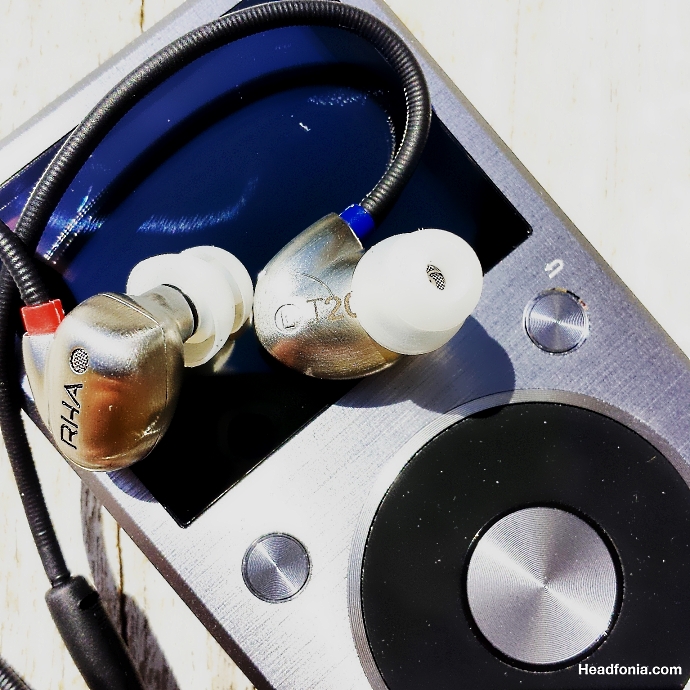
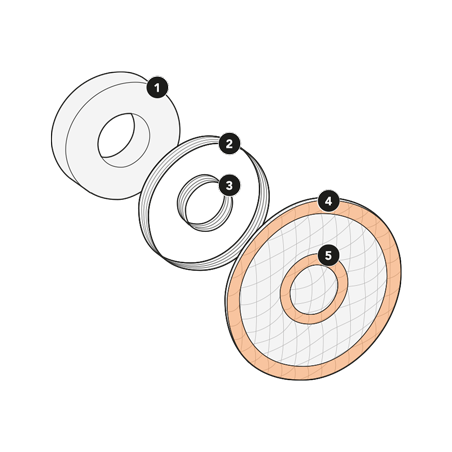
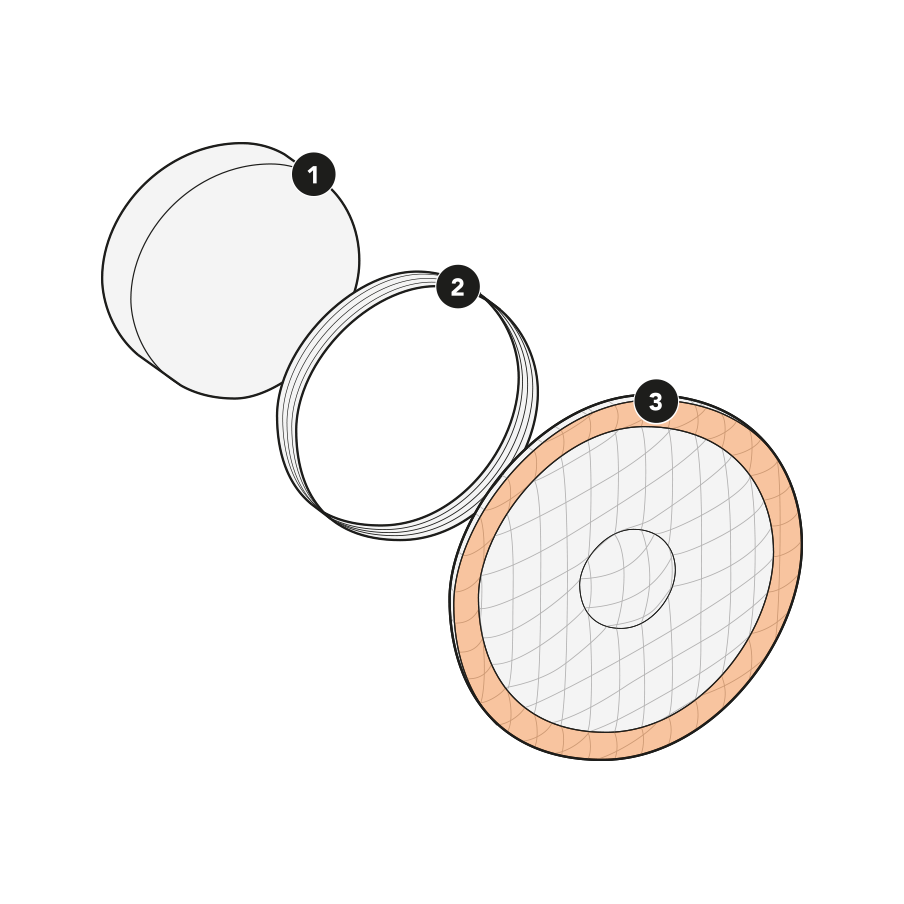
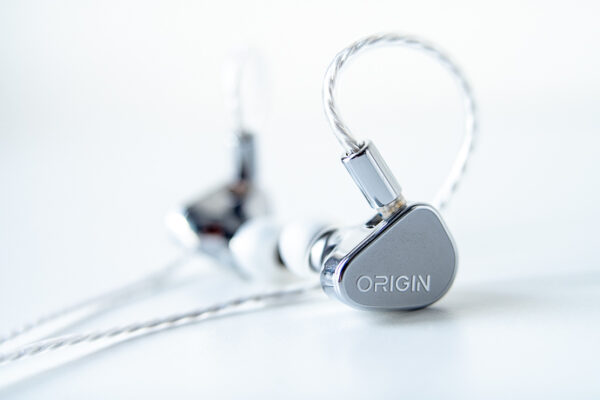
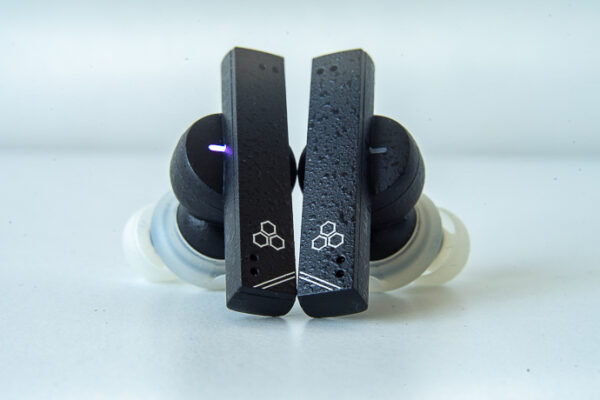
warrenpchi
Cool review Lieven! 🙂 Have you tried the S500i yet? When you get a chance, would love to compare notes about it – especially from a neutrality standpoint.
Headfonia_L.
Thank you Warren. I have not had the chance to listen to the S500i yet and RHA didn’t really seem interested in a review
Rasmus Horn
Hi Warren. I listened to the S500i at the CanJam in Germany. For its price I would say it sounds great and looks great. Very lightweight and easy to use. Clearly a V-shaped characteristics with a punchy and weighty bass and from what I heard treble that got a little too much forward compared to the mids. Perfect for rock and electronica. All in all a nice little product wich will probably be appealing to most people as a cheap in-ear for the daily commute.
Punit Shetty
how does it compare to se846 ?
Headfonia_L.
One wouldn’t expect to compare these two. I don’t have the SE846
historywitness
“T10s were always on the bass heavier side” or “the T10 –to me– was the best IEM in their line-up even if bass was always a bit on the leaner side”
So which is it?????????????? Can’t be bass heavy and on the leaner side too .
Headfonia_L.
Sigh.
According to http://www.thefreedictionary.com/leaner -> To incline the weight of the body
According to http://dictionary.reference.com/browse/leaner -> lacking in richness, fullness, quantity
To me it’s option 1
Happy?
dalethorn
I’ve had only the MH350 and 750, and they’ve been great values. I don’t know if I’ll ever get close to a T20, but I wouldn’t hesitate ordering without a demo. And *only* from a reliable authorized dealer – IEMs like this are cloned more than wristwatches.
Eber Hwang
After years of buying all kinds of IEM’s Shure, Emyotic, Kilpisch, Monster, Beats and either getting these things chewed up by my cat or washing/drying all these expensive listening devices I got tired of investing $200+ for just “good sounding” IEM’s > I bit the bullet sometime last year on the RHA 750i’s and was blown away by the build quality and “good” sound for a tad over $100. Well I ended up pulling the cord with the jack still plugged in in a freak accident and there went my 750’s. Mind you the pull was ridiculously hard that no IEM could withstand that kind of stress. Anyways…I bit the bullet and decided to go for the T20i’s (black ones)…same RHA quality and even better sound…and to go even further, my favorite IEM’s ever…hands down. They sound really good. So if you ever decide to upgrade…its a world apart from the 750’s 😉
dalethorn
I got this one yesterday (Saturday), and using the ‘Reference’ filters, seems clear and detailed with no significant colorations. But the ear “hooks” or whatever they’re called are terrible – they don’t want to stay behind my ears.
Headfonia_L.
Really. Didn’t bother me at all, I guess it depends on your ears
dalethorn
See how B&O does their ear-hooks – they have a hinge that allows the user to adjust the height of the hook for a secure fit. The T20 looks and feels cheap in that respect.
Headfonia_L.
I don’t like that system
dalethorn
I don’t like it either, because it’s not perfect. However, the simple lesson is, give the user the ability to adjust the fit – like headphones. Having a choice is always better.
Ilias K
do you have any experience with Westone W40? if so, how does the mid-bass and stereo imaging compare to the T20?..
i own the W40 and while they have the best detail and stereo image from the iems i have owned so far, they have this overly warm and enhanced mid-bass that annoys me..
dalethorn
That’s interesting. I always thought Westone was like Etymotic – classic neutral to analytic. The T20 is a better neutral sound I think, with a proper mix of bass and treble for most music. Like a Sennheiser 600/800 with less treble emphasis. Then again, you get the extra filters.
dalethorn
Tonight I was finally able to configure the T20 for a good ear canal seal, using the default/neutral filters. When I reduced the sound about 10 db at 4.5 khz, tapering off to -5 db at 3.5 and 6.3 khz, that’s when I got a reasonably neutral treble. So the T20 (using the neutral filters) follows the RHA pattern I experienced with the MA750, which is bright. Based on this, I’d say it’s fairly close to the Grado SR325e sound in headphones. I don’t know if I’ll bother with the bass-centric filter, but with the simple treble adjustment I just described, the deep bass has decent impact and weight, so no real need…
shame on you
you get this for free so almost all review of yours sing praise of the product.
no mention of the harsh treble?
dale thorn
It’s not free. For a couple thousand dollars worth of work, the product (which can be sold used) nets less than a tenth of the work cost. The remainder has to be paid from advertising and other fees. Now if manufacturers would give away $2000 USD amps or headphones, that would attract a lot more people to the review business. And it ain’t gonna happen.
Abir
In depth review 👍
I know it may sound a little bit odd considering the price point…but how does Campfire honeydew compares to Rha t20i in terms of bass, soundstage & imaging ??